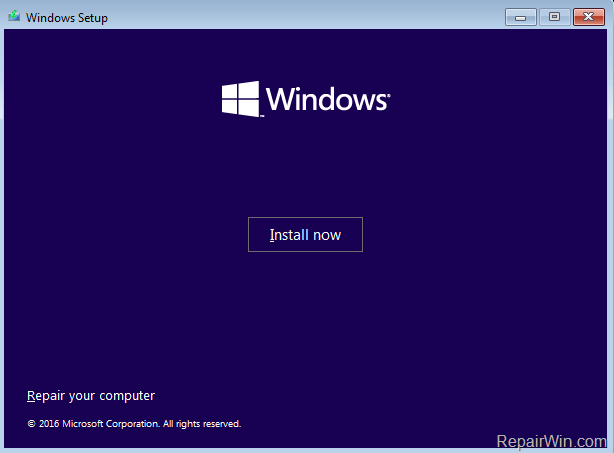

RELATED: How to Easily Reinstall Windows 10 Without the Bloatware Just be sure to choose the correct operating system version, edition (Home or Pro), and 32-bit or 64-bit installation media the PC requires. You can even use these tools to create Windows installation media for another PC. These tools will also guide you through creating a USB installer drive, or burning the installation media to a DVD. You can do this for Windows 7, 8.1, or 10-any version of Windows you might be using. It’s all official and legal, and all you need is a legitimate product key. Microsoft now allows you to create Windows installation media really easily. RELATED: Where to Download Windows 10, 8.1, and 7 ISOs Legally

To see the various product keys used on your PC for applications like Microsoft Office, we recommend NirSoft ProduKey.īe sure to write down the keys you need or otherwise make a copy before reinstalling your operating system, as they’ll be erased from your drive. If you already know all the product keys you need or know you’re just using a service like Office 365, which doesn’t require these product keys, you can skip this part. You may also have Microsoft Office or other applications installed with a product key, and you’ll need that product key to reinstall them. In these cases, you need the key printed on the sticker on your PC instead of the key that appears to be in use on your PC. This is particularly common on Windows 7. Be careful, as the key you see displayed in Windows may not actually be the key you need to activate your PC. Otherwise, you may need to do some digging. If it’s printed on a sticker or your computer itself-or if you purchased Windows and were given a product key-you already know it. RELATED: How to Find Your Lost Windows or Office Product Keysįollow our instructions to track down your Windows product key. We don’t have to write it down, and Windows will automatically use it when we reinstall the same version of Windows. This is actually more complicated than it seems, as many modern PCs have these product keys “baked in” to the UEFI firmware on their motherboards, and Windows will automatically detect them during installation.įor example, “BIOS OEM Key” in the screenshot above means the product key for the installed version of Windows is embedded in our computer’s BIOS (or UEFI firmware, technically). At a minimum, you’ll need a product key to install Windows. Ensure you have any product keys you might need before continuing.


 0 kommentar(er)
0 kommentar(er)
